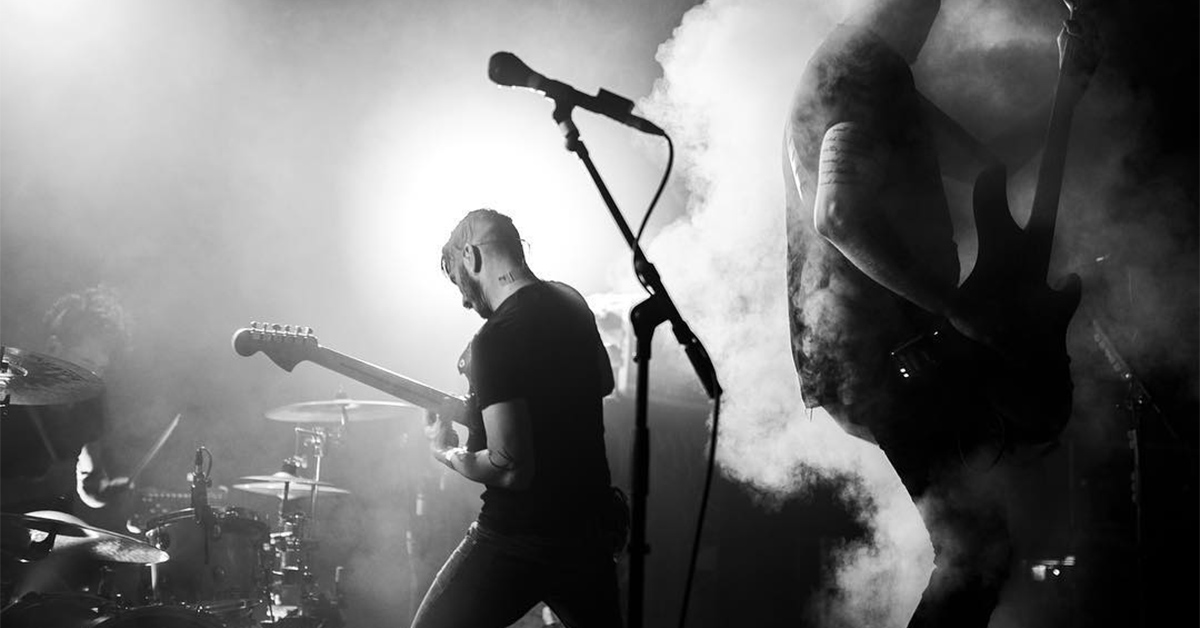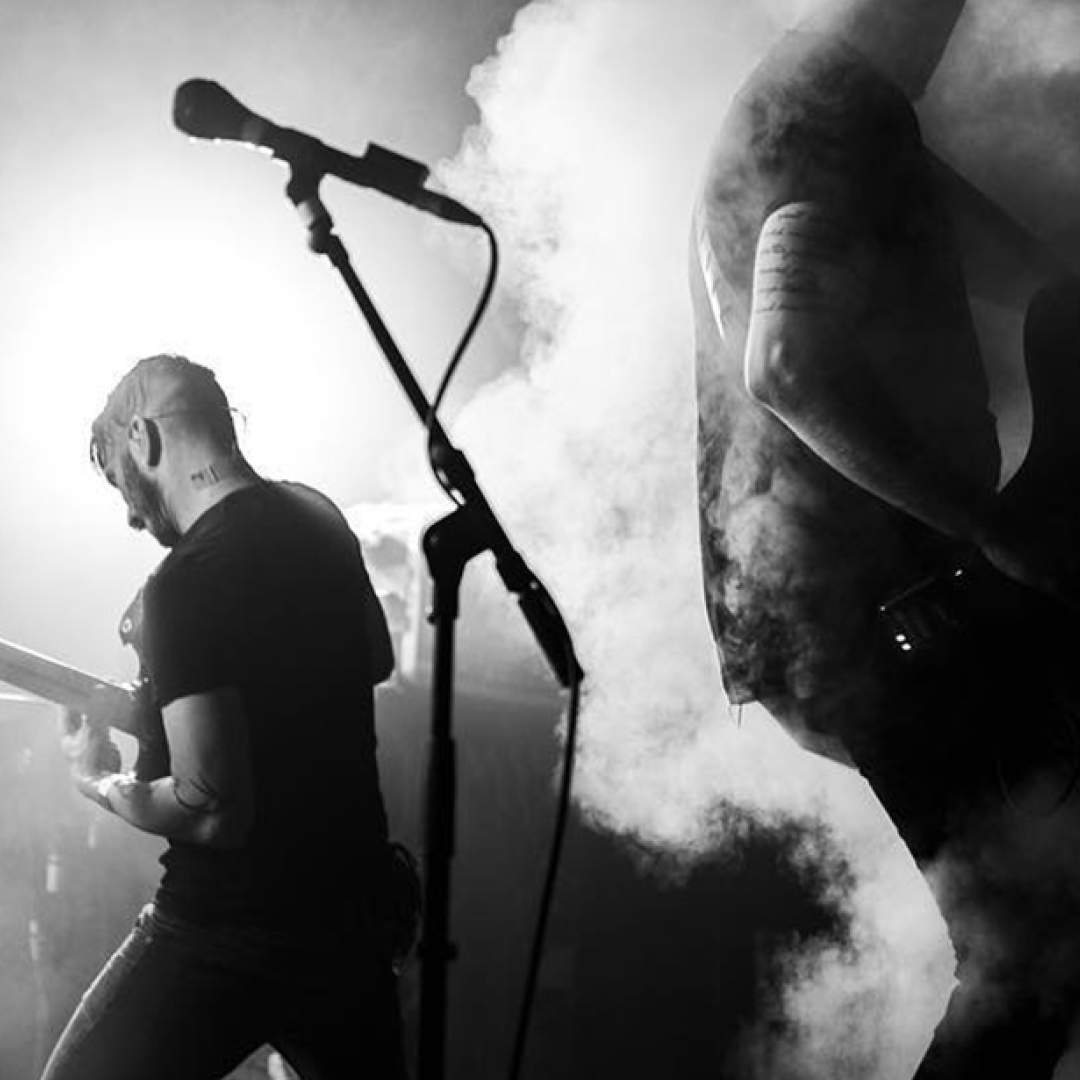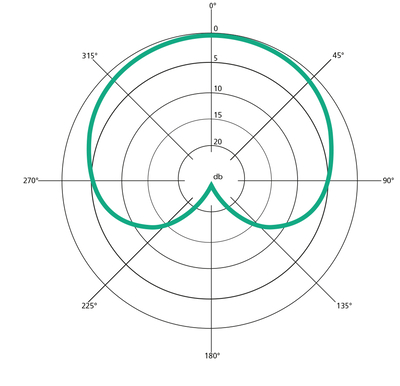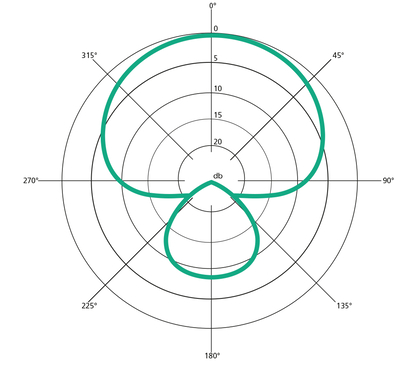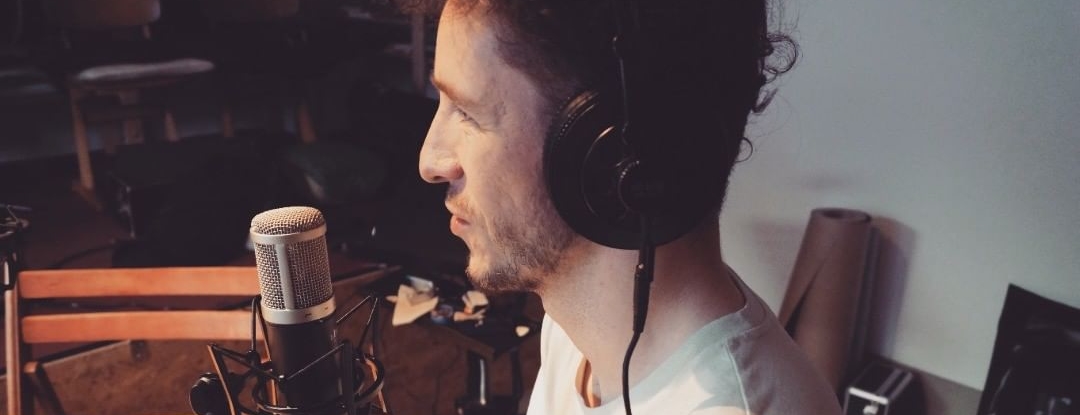One advantage of microphones with a small diaphragm is that they maintain their polar pattern more consistently over a wide frequency range. Even at very high frequencies (solo guitars) or very low frequencies (5-string basses), they maintain their polar pattern. However, they sound less 'full' or 'organic', but instead, they are very accurate, neutral and rich in detail. However, it is also a matter of taste.
Microphones with a large diaphragm are not as accurate with their polar pattern, i.e. they tend to be omnidirectional at low frequencies and increasingly directional at higher frequencies. But that is exactly why they make the voice or a solo instrument so natural and 'full-bodied'.
